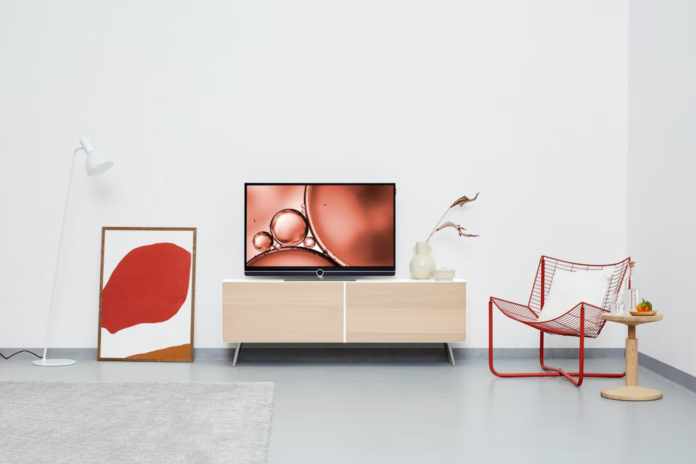When buying a new TV, it’s common to ask what its diagonal and shape are, as well as what resolution it supports. However, you should also consider the sweep or refresh rate of the screen.
This parameter is usually measured in hertz. It determines the quality of the image.
Whatever class of TV, it has its own frequency index. And by it, you can find out how much better this or that model is. At the same time you shouldn’t confuse important characteristics, that is, you should know that the refresh rate of the screen and the frame rate of the video you see on this screen isn’t the same things.
TVs with 120 Hz are better suited for video games and watching content at 24 frames per second. However, most new TVs support 120 Hz, so you should focus on other important TV characteristics such as panel type, response speed, input latency, etc.
Anyway, let’s look more closely at whether it’s worth buying a TV with 120 Hz.
What is the difference between 60 Hz vs 120 Hz
The refresh rate is a measure of how many times per second the TV updates the image on the screen. This is measured in Hertz, usually referred to as “Hz”. The refresh rate is often confused with the frame rate (frames per second). They’re indeed very similar and both refer to the number of static image displays per second, but frame rate usually refers to the content itself, whereas refresh rate refers to the video signal or screen of a monitor, TV, or smartphone.
Although manufacturers want you to believe that 120 Hz TVs are inherently better than their 60 Hz counterparts, the refresh rate itself directly marginally improves the performance of the TV. In theory, 120 Hz is definitely better because the screen is refreshed twice as often. However, unfortunately, there’s very little 120 Hz content available at this time.
These days, most mid-ъ and high-end TVs have 120 Hz screens, while most budget models have 60 Hz screens. There are also 240 Hz screens on the market, but they’re mostly used for PC monitors.
How is the content displayed at 60 Hz and 120 Hz
Video at 60 frames per second played on a 120 Hz TV will look almost identical to the same content played on a 60 Hz TV. In that case, the TV either adjusts to the refresh rate of the source, effectively turning it into a 60Hz TV, or it simply doubles each frame.
A TV with a higher refresh rate doesn’t produce less motion blur. Because identical TVs have very similar response times (which causes blur), content at 60 fps has the same image.
Although a 120 Hz TV doesn’t inherently provide a better picture reproduction, it can offer several advantages over standard 60 Hz TVs. One of the most important advantages is the ability to play content designed to be displayed at 24 Hz.
Most TVs, including 60Hz TVs, can simply adjust the refresh rate of their panel to match the source, but some devices (like Chromecast) can only output at 60Hz, regardless of the content being played.
This can cause problems because 24 isn’t a multiple of 60 Hz. A method is known as “3:2 disclosure” is used to display this kind of content. Usually, frames are repeated 3 times and 2 times. Not everyone notices this, but it can make some scenes, especially panning frames, look jarring. TVs with 120 Hz can completely avoid this because they can only display each frame 5 times.
What are the benefits of 120 Hz
If your TV or monitor supports 120 Hz input and is connected to a PC or game console, this is where having a 120 Hz screen can be a big advantage. Although it’s very rare today to find content other than games with this frame rate. On which frequency has a significant impact on the perceived motion.
A picture at 120 frames per second will look much sharper. This is because frames at 120 frames per second remain on the screen for half the time, which is 60 frames per second. When your eye tracks a moving object across the screen, it blends the two frames together. Because content at 120 frames per second has twice as many steps, it doesn’t produce as much blending, which is also called blurring.
Which TVs have 120 Hz matrices
120 Hz models are more common, offering high quality. These are primarily 4K and 8K televisions with large diagonals from 55 to 88 inches. You’ll also find 4K Ultra HD TVs at 48 and 50 inches for smaller rooms. LED, QLED, OLED, or the latest MiniLED TVs are also available to choose from.
It will be best to choose brands from the largest and most trusted TV manufacturers such as LG, Panasonic, Philips, Samsung, Sony, TCL.




